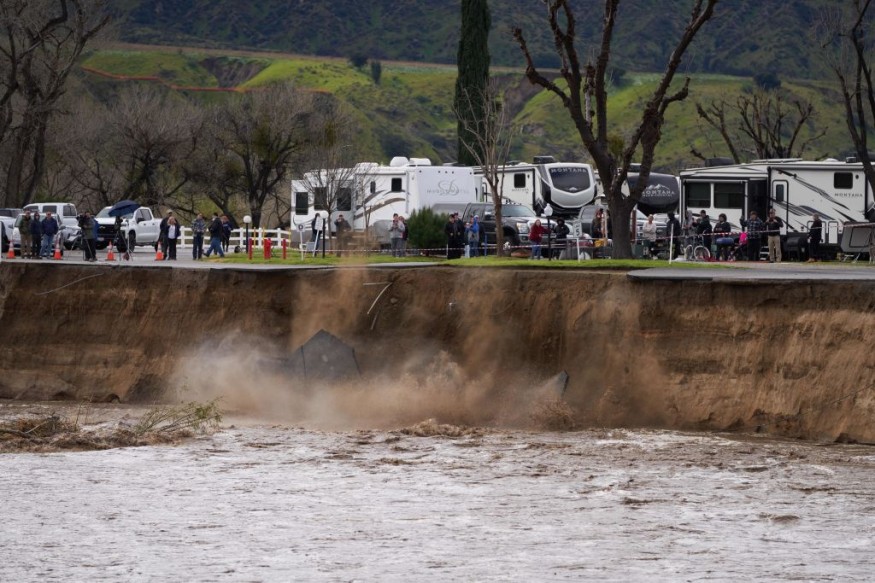Winter storms will hit the Western United States on Sunday, February 26, and by early next week, bringing further rounds of heavy precipitation, according to the latest weather forecast by the National Weather Service (NWS).
The said storms will enter the Pacific Northwest region and are expected to hit other states in adjacent regions.
NWS Weather Forecast

The Weather Prediction Center (WPC) of the NWS warned that there is a slight risk of excessive rainfall over parts of Southern California, adding heavy snow will occur over the Cascades and Sierra Nevada Mountains.
In addition, snow and freezing rain is possible over parts of the Upper Midwest.
The looming threat is in addition to the current storm that has wreaked havoc across California, where it left a trail of destruction in the form of heavy snow, strong winds, and blizzard conditions.
The multi-state storm has led to widespread flooding, power outages, and infrastructural damage in multiple cities across the Golden State.
Local reports indicate that thousands of homes and businesses were left with no electricity as of Saturday, February 25.
The rare winter storm was reportedly responsible for dumping several inches of rain, affecting especially low-lying areas and communities near bodies of water like rivers and lakes.
This comes as the US is drawing near its 2022 to 2023 winter season, spanning from December to February.
The NWS also highlighted that a storm over the Great Basin will cause severe thunderstorms in the Great Plains, which could face the risk of frequent lightning, wind gusts, hail, and isolated tornadoes.
US Winter Season
As part of the North American winter season, the current US season witnessed recurring winter storms and other wintry weather hazards like freezing or sub-freezing temperatures, blizzard conditions, snowstorms, and bomb cyclones or winter hurricanes.
The current season also saw the occurrence of heavy rain, driven by atmospheric rivers, in the Western US, where unprecedented flash flooding transpired, affecting mostly areas in central and southern California in January 2023.
In addition, a bomb cyclone also preceded the widespread floodwaters in California when a winter storm struck New York and other areas across the country in late December 2022, leading to multiple deaths and nationwide travel chaos.
December's storm also left over 1.4 million homes and businesses without power and left tens of thousands of holiday travelers stranded as 5,700 flights were cancelled, according to The Guardian.
Coldest Air of 2023
The coldest air of 2023 entered southern Canada and eventually into the northern US in late January after a record-breaking warmth earlier that month, according to Severe Weather Europe weather news website.
In particular, the frigid low temperatures, amid a polar vortex, from the Arctic cold air from Canada spread into the northern half of the US and towards the Great Lakes and Northeast regions by early February.
Satellite data from National Snow and Ice Data Center (NSIDC) revealed massive snow has covered North America, as cited by the website.
© 2025 NatureWorldNews.com All rights reserved. Do not reproduce without permission.





